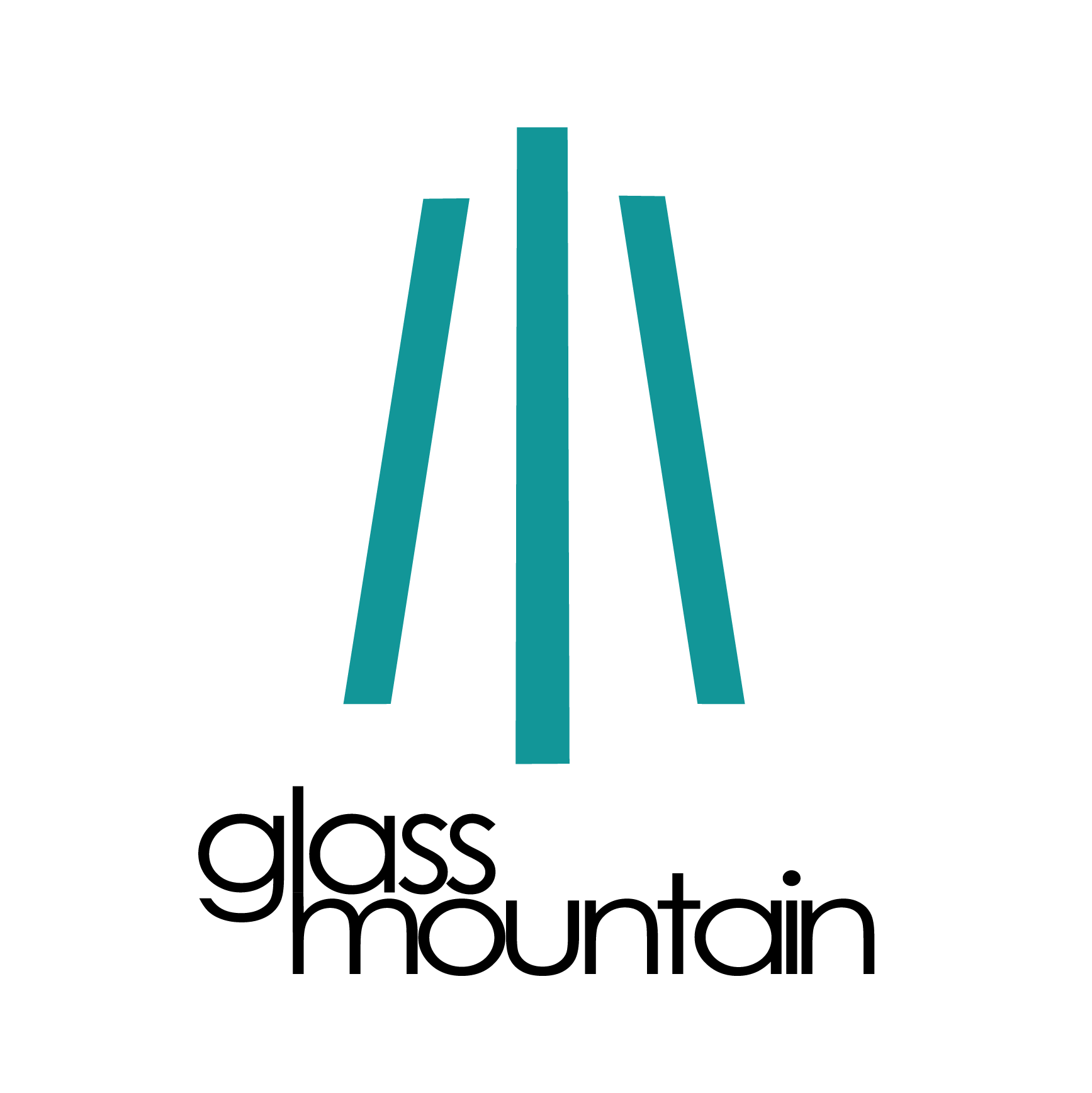A stride begins from a neutral edge, on the supporting foot, while the free leg extends outwards. To get the most effective glide, go from side to side like a wave. Switch to an inside edge just before taking your next stride.
The words of my former skating instructor, Mr. Genrik, swarm my mind as pinpricks of chilled air stab my cheeks. I haven’t been a proper figure skater for more than a decade, but muscle memory is everlasting.
When I skate at the local outdoor rink, I get ahead of myself. Skating backwards, doing twizzles, trying jumps; these tricks are too advanced for the adult me and I wonder how I used to do them all so easily. What’s unmistakable, though, is what I’m feeling.
The wind rushes at me as I weave between less experienced skaters. My knees bend comfortably in tandem with the changing edges. The muscle burn that comes with proper striding will take days to heal, but I bear it with pride. I have yet to fall.
Every winter, I look forward to rekindling my love. A love that shouldn’t exist.
I didn’t skate for very long as a child. My career started at the age of three when I’d long gotten accustomed to tagging along to my older brother’s hockey lessons and wanted to try skating out for myself. My career ended at the age of eight. Five measly years but, in that time, I did a lot.
Mom keeps every source of pride from my childhood: my first pair of skates, the judges’ remarks when I passed my novice test, three gold medals I won at a competition in my hometown, my practice outfits, my costume — a denim jacket paired with a purple bedazzled dress that I wore for my ‘Toxic’ program, and countless pictures. She keeps them tucked in a closet, out of sight, but available should I feel the need to reminisce. I rarely do.
Five years is no time at all. In fact, most of my family knows me as the ballerina, not the skater. I left skating for ballet when I was eight. At the time, I loved ballet more. My career as a skater pales in comparison to my career as a dancer.
Yet, when people ask me what I’d like to return to, my answer is skating. I consider buying discount skates instead of pointe shoes. I’ve stepped on the ice many times since the end of my skating life, but I have yet to prance across the sprung floor of a dance studio again.
My ballet experiences are fresher. The yelling and the hatred towards my own body defined my eight years of competitive ballet training. In turn, I’ve harbored a deep resentment towards ballet. By that standard, I should loathe figure skating.
In January 2018, ten years after my ‘retirement’, I took on a new role in figure skating – that of the fan.
On a whim, I decided to re-watch the only figure skating performance I was familiar with, Yuna Kim’s 2010 free skate. Everything about it was perfection: her tight air positions, the royal blue dress, and her breakdown into tears when she finished. The image of her clutching her head in disbelief of what she’d done in the last four minutes and ten seconds always stuck with me. She was the only skater I knew at the time, and that was because she was the best.
On that January day, though, I discovered that Yuna’s world records had been beaten, multiple times, all by one skater, Evgenia Medvedeva. I spent the rest of that snowy afternoon wrapped in a cocoon of umber sheets, seething as I clicked through video after video, wondering just what the hell had happened in the four years since Yuna retired. And so, the downward spiral began.
The PyeongChang Olympics were incredible. Yuzuru Hanyu leapt to a second consecutive gold medal, while Virtue and Moir solidified their status as the greatest ice dancers of all time. The purple boards, the Soohorang plushies tucked underneath the arms of the podium finishers — I was awestruck.
I had never seen the World Championships until that year. Then the next competition came, and the next, and soon I was setting alarms for three a.m. on fall weekends so I could watch the Grand Prix Series, the most prestigious fall event, from underneath my covers. Sweat rolled down my cheeks as the skaters spun and leapt across my tiny phone screen.
Since I began college two years ago, my love has only grown. I listen to Rachmaninoff and Yo-Yo Ma more consistently than the pop songs on my playlist. Every morning, I check Twitter to see who poached whose student or whose upcoming programs contain the most cultural appropriation. When my roommate leaves, I practice the choreography of my favorite programs. We leave the blinds open, so the students in the neighboring building might catch me one day—but they haven’t yet.
If someone did turn to my window, they would see my arms and body twirling around and occasionally tripping over the too-slippery floor. I’d wear a smile, never betraying the turmoil inside.
The skating world isn’t kind to girls my color. I know all of the black women who competed at the senior level, and I can count them on my hands: Debi Thomas in the eighties, Surya Bonaly in the nineties, Tai Babilonia was partially black, but that still counts; she defined the seventies, and Starr Andrews and Vanessa James are the latest. Besides these big names, our presence is small.
Last year, I discovered another, Mabel Fairbanks. The thirties were her time, but her existence kept secret. Seeing her rattled me because of how glaringly obvious her talent was: Deep knee-bend, relaxed shoulders, pointed, un-sickled feet, and surgically precise finger positions like a ballerina. Such swanlike gracefulness, but Mabel was black. So, it was snuffed out.
The only existing pictures, the only imprints she left on the sport, are her radiant smiles. The rest of her life played out in sparse, well-hidden texts. How she wasn’t allowed to go to the Olympics. How choreographers forbade her from leaping and spinning to her true ability in shows. How resentment eventually poured into her every word.
It rattled me.
When I was seven, Mom took my older brother and me to a skating camp in Lake Placid. While my brother, Zachary, played in the hockey tournament, I prepared for the culmination of the figure skating camp, the competition.
I met a girl named Katelyn. A competitor but, more importantly, a friend. She and I were swept up in the sheer majesty of the Olympic venue. Being three times the size of my home rink, the white abyss of ice was a struggle for me to fill. But I still won.
The exhibition stands out most clearly, because of how the rink was shrouded in darkness. I was terrified of falling because I could barely see.
Mom’s face hardens when she fills in the blanks. The award ceremony included on-ice interviews. The announcer had seen me and another little black girl competing and asked if we were cousins. The question passed through my ears without registering, and I responded, “Yes”.
Winners are always photographed together. The photographer surveyed the scene before him, three little girls grinning from ear-to-ear. My black skin stood out against the other podium finishers. Chills settled into my bones as I waited for the man to raise his camera and say, ‘Cheese’, but he refused.
I know these stories but when the next competition airs, I still tune in to watch.
The first question aimed at an impressionable young person is what they want to be. The diplomatic response is, of course, a writer. But the dream is to be a skating judge, travelling around the world and watching what I love. That desire unnerves me.
I tell myself that I want to make the sport better. To an extent, that’s true. For my freshman honors thesis, I analyzed how the scoring system provides a platform for racism to be legitimized. I learned the names of the seldom black skaters who’d been hidden, underscored, and undervalued for decades. I learned how to be angry at the sport, but not so angry that I won’t stay up all night to watch every competition. So, instead, I position myself as an emerging superhero ready to rescue skating from itself.
The truth is less glamorous. I don’t have many loves left, so I protect the ones that haven’t abandoned me fiercely.
When winter comes again, I’ll still be the first to the outdoor rink with my older brother. We’ll stand by the boards, skate guards in hand, challenging each other to do waltz jumps or twizzles. He’ll warn me not to fall.
But I will. Again, and again and again, only for figure skating.
Zoe W. Briscoe is a junior Creative Writing major at Emerson College. Her work has previously been published in UReCa. After graduating, she seeks to pursue a career in both fiction writing and academia. In her spare time, she can be found playing Sudoku or watching figure skating.


